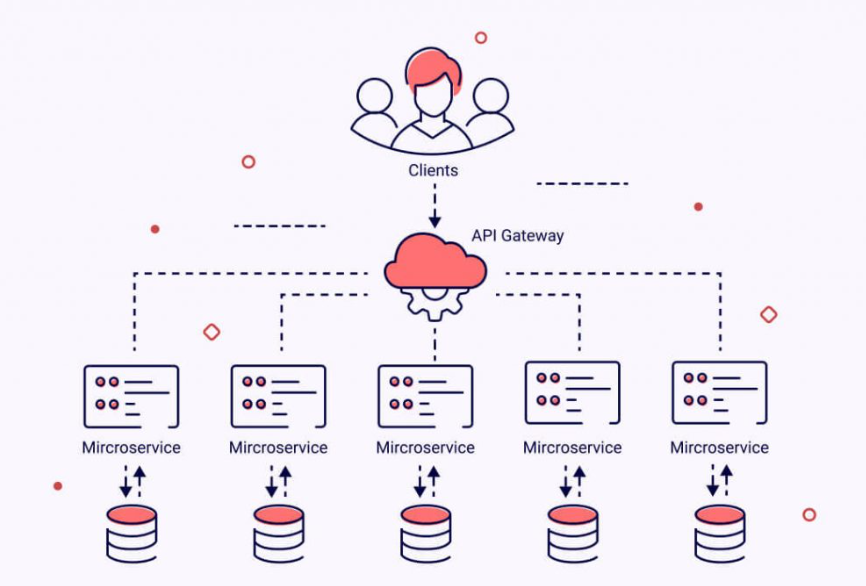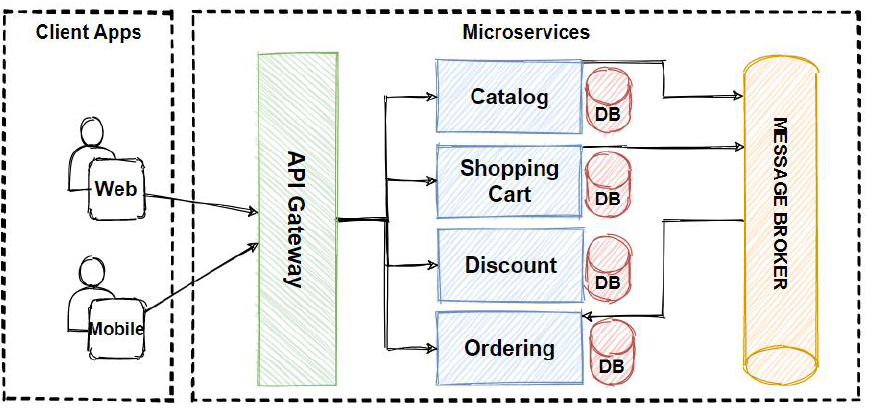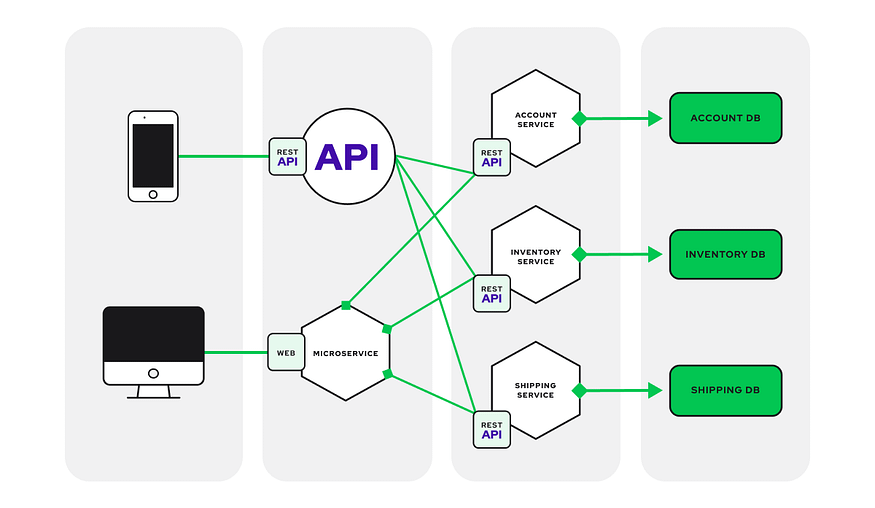🚀DevOps Zero to Hero: 💡Day 12 Microservices Architecture: Unleashing Scalability and Flexibility
In our quest to become DevOps heroes, we dive into a fundamental aspect of modern software development: Microservices Architecture. This revolutionary approach has redefined how applications are designed, developed, and operated, offering a plethora of benefits while presenting unique challenges. In this article, we’ll delve into the depths of microservices architecture, explore its advantages and drawbacks, dissect its architectural principles, and present real-world scenarios for a comprehensive understanding.
Defining Microservices Architecture:
Microservices architecture is an architectural style where a complex application is decomposed into smaller, independently deployable services. Each service represents a specific business capability and communicates with others through well-defined APIs. Unlike monolithic architectures, which encapsulate all functionalities within a single codebase, microservices embrace modularity and autonomy.

Benefits of Microservices Architecture:
1. Scalability and Efficiency: Microservices enable granular scaling. You can scale individual services based on demand, optimizing resource utilization and enhancing application performance.
2. Enhanced Maintainability: Each microservice encapsulates a single business function. This modularity facilitates easier maintenance and updates, as changes in one service don’t ripple through the entire application.
3. Flexibility in Technology Stack: Microservices allow the use of different programming languages and frameworks for each service. This flexibility accommodates the best-suited technology for each service’s unique requirements.
4. Fault Isolation and Resilience: Failures in one microservice don’t cascade to others. Isolated failures enhance overall application resilience and fault tolerance.
5. Rapid Deployment and Innovation: Microservices align seamlessly with continuous deployment. This accelerates feature delivery, reducing time-to-market for innovations.
Drawbacks of Microservices Architecture:
1. Increased Complexity: Managing a network of microservices introduces complexity in terms of orchestration, deployment, and monitoring.
2. Inter-Service Communication Overhead: Microservices communicate over networks, potentially leading to increased latency and network traffic.
3. Data Consistency: Maintaining consistent data across services can be challenging, necessitating careful design and synchronization mechanisms.
4. Operational Overhead: Monitoring, scaling, and managing multiple services demand robust operational practices and tools.
Microservices Architecture in Action:
Scenario 1: E-commerce Platform
Consider an e-commerce platform comprising various services: user authentication, product catalog, order processing, and payment gateway.

- The product catalog service can evolve independently, showcasing new products or updating prices without impacting other services.
- During flash sales, the payment gateway service can be scaled up to handle higher transaction volumes, ensuring seamless purchases.
Scenario 2: Healthcare Management System
Imagine a healthcare system encompassing patient records, appointment scheduling, billing, and prescription management.
- The appointment scheduling service can be scaled independently during peak hours to handle increased appointment requests.
- The prescription management service can be rapidly updated to adhere to regulatory changes without affecting other functionalities.
Architectural Principles of Microservices:
- Decomposition: Divide the application into small, focused services based on business capabilities.
2. Independence: Each service should operate independently, with its own data and logic.
3. API-First: Define clear and well-documented APIs to facilitate communication between services.
4. Autonomy: Services should be responsible for their own data management and behavior.
5. Decentralized Data Management: Avoid sharing databases; use event-driven approaches or distributed databases.
6. Infrastructure Automation: Employ infrastructure-as-code principles for efficient service provisioning.

Conclusion:
Microservices architecture epitomizes the evolution of software engineering. Its benefits, such as scalability, maintainability, and flexibility, are evident in real-world scenarios. Yet, its complexity and challenges highlight the importance of robust monitoring, communication patterns, and data management. By grasping the architectural principles and navigating these intricacies, you’re poised to ascend to the ranks of DevOps heroes who can craft resilient, adaptive, and efficient applications that meet the demands of today’s dynamic digital landscape.
Follow me on LinkedIn https://www.linkedin.com/in/sreekanththummala/




No comments:
Post a Comment
Note: Only a member of this blog may post a comment.